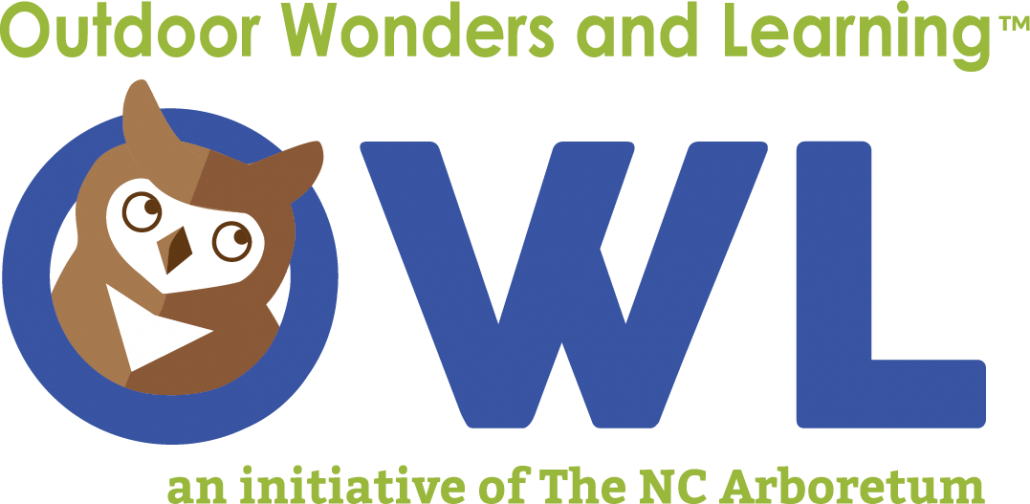Activities
Each of the lessons in this Educator’s Guide are intended to work both as part of a more complete unit as well as to be stand-alone lessons in conjunction with your school’s Outdoor Study Area.
Choose a Grade Level:
Or, Choose A Topic:
Link to: Unit 1: Get to Know the Great Outdoors
UNIT 1
Get to Know the Great Outdoors
- Nature is made of living and non-living things.
- Though there are different types of environments in nature, each meets the specific needs, in quality and quantity, of the plants and animals that live there – habitats.
Link to: Unit 2: Animals and Adaptations
UNIT 2
Animals and Adaptations
- Animals can be grouped based on like characteristics. Common categories are Vertebrates and Invertebrates. Vertebrates can be grouped in the subcategories of Mammals, Birds, Reptiles, Amphibians, and Fish.
- Some animals have very distinct life cycles.
- Animals have special adaptations that help them survive in their habitat. An adaptation can be a physical feature or a behavior.
Link to: Unit 3: Plants and Trees
UNIT 3
Plants and Trees
- Plants and trees are considered Producers because they “produce” their own energy through photosynthesis.
- Plants and trees have a life cycle and change seasonally.
- Like animals, plants and trees also have adaptations that help them survive in their habitats.
Link to: Unit 4: Weather and Climate
UNIT 4
Weather and Climate
- Weather conditions change daily and can be predicted by studying patterns in factors such as temperature, wind speed and direction, and precipitation.
- Weather patterns are seasonal and depend on particular place and time of day. Climate is the observation of weather patterns in a particular location over a long period of time.
Link to: Unit 5: Ecosystems
UNIT 5
Ecosystems
- An ecosystem is the interactions between living and non-living things in an environment. Ecosystems can be on land or in the water.
- The living organisms in an ecosystem interact as producers, consumers, or decomposers.
- When plants and animals are introduced into new habitats by humans, they often become invasive
Activity Organization
View how each activity is structured and the information present for each activity.
Suggestions for Use
Each of the lessons in this Educator’s Guide are intended to work both as part of a more complete unit as well as to be stand-alone lessons in conjunction with your school’s Outdoor Study Area.

